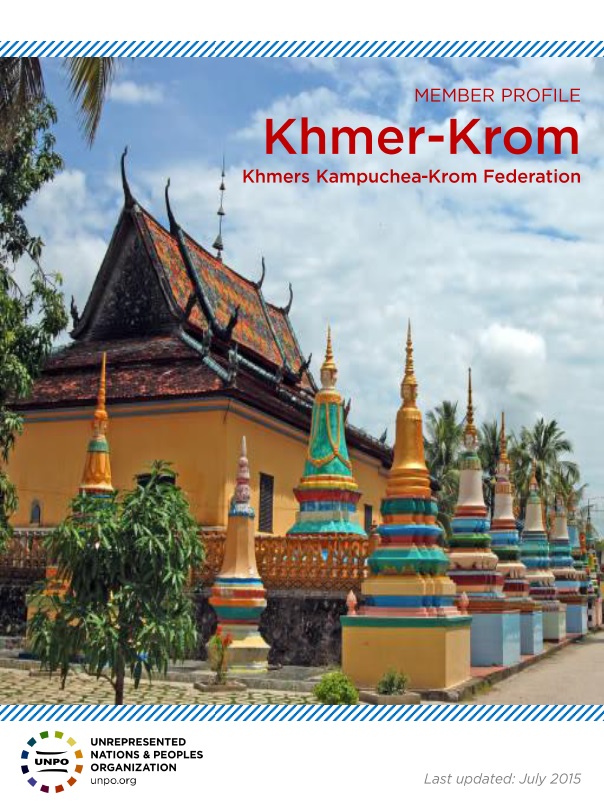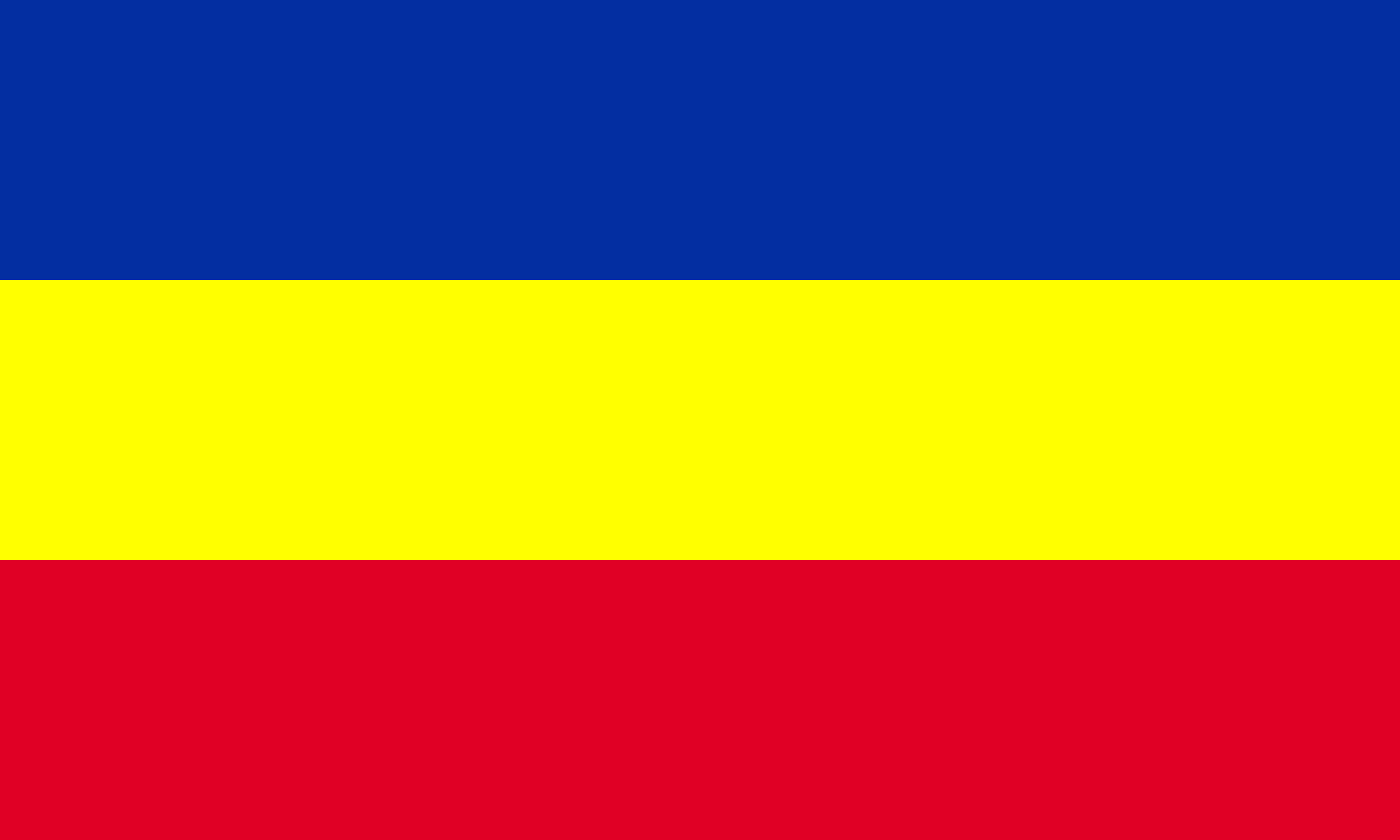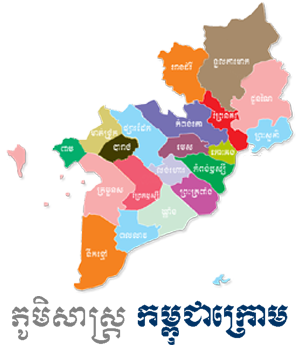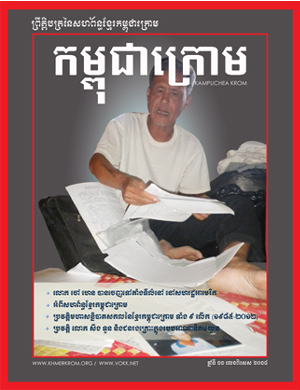
STATISTICS
Status: Unrecognised Indigenous Group
Population: 8,240,000
Capital City: Prey Nokor, later named Saigon/Ho Chi Minh City
Area: 89,000km² (in Vietnam)
Language: Khmer
Religion: Theravada Buddhism
UNPO REPRESENTATION: Khmer Kampuchea-Krom Federation
The Khmer Krom are represented at UNPO by the Khmer Kampuchea-Krom Federation (KKF). They were admitted as a member of UNPO on 15 July 2001.

OVERVIEW
Kampuchea Krom means “Cambodia Below” or “Southern Cambodia”. The Khmer Krom describe themselves as the “Cambodians of the South”. Kampuchea Krom was the southernmost territory of the Khmer Empire. Once known as (French) Cochin China, it is now located in the South-western part of Vietnam, covering an area of 89,000 square kilometres bordering Cambodia to the north, the Gulf of Siam to the west, the South China Sea to the south, and the Champa’s territory to the northeast. Prey Nokor, later Saigon and now Ho Chi Minh City, was one of the most important commercial cities in Kampuchea Krom.
The Khmer-Krom people have inhabited the southwestern part of the Indochinese peninsula since 4290 years before Christ. The famous ‘Khmer Empire’ rose to prominence in the 9th century and began to decline in the 13th century. However, ever since the 1600s the Khmer have struggled with their Vietnamese and Siam neighbours. Facing such invasions, Khmer King Ang Duong appealed to one of his friends, French Emperor Napoléon III, for help. French troops arrived in 1858 and took power over the Vietnamese invaders by signing a first convention of subservience in 1862. They then colonized the era under the name of “French Cochinchina”. When the whole territory of Kampuchea Krom (Cochinchina) was pacified with the participation of the Khmer-Krom, another convention was signed in 1867, that was applied over the whole Kampuchea Krom. But after one century of French colonization of Kampuchea Krom (French Cochinchina), on 4 June 1949, France gave this territory to Vietnam instead of giving it back to Cambodia, under the Law n° 49-733 modifying the status of French Cochinchina.
Since then Kampuchea Krom has been under Vietnamese administration, much to the detriment of the Khmer Krom population. They are denied the right to freely practice their religion and pass on their culture, and are generally treated as second-class citizens. The mission of the Khmer Krom Federation is to seek freedom, justice and the acceptance of the right to self-determination for those Khmer Krom who are living under the oppression of the Vietnamese Socialist government, through the use of nonviolent measures and the application of international law.
UNPO MEMBER PERSPECTIVE
The Khmers Kampuchea-Krom Federation (KKF) is an organization that represents over eight million Khmer Krom, including several members of the diaspora.
The regional officers of the KKF act as representatives of the Khmer Krom people. The leaders of KKF are democratically elected by the officers of the federation. These officers are the presidents of various Khmer Krom Associations, as well as community leaders from around the world, including Australia, Cambodia, Canada, France, New Zealand, and the United States.
The objective of the KKF is to campaign with the principle of non-violence, for the recognition of the rights of the indigenous people in Kampuchea-Krom, in accordance with international conventions.
CURRENT ISSUES
Land ownership
Land is of utmost importance for Khmer Krom. Today, most of the members of the community are farmers in the Mekong Delta, a very rural area. Without land, many find themselves without any means to support their traditional livelihood of rice farming. Thus, land rights are also a precondition for their right to the preservation of their culture and right to a livelihood. However, after 1975, the possession of land was made illegal as part of the Land Reform Acts, enacted to implement the Proletarian Revolution. After the complete confiscation of the lands, the communist government gradually began selling off the land again, meaning that the Khmer Krom were effectively forced to buy back their own land to ensure their survival. Those families or communities that could not afford to buy back their farms became tenants on their own land. The economic status of the Khmer Krom has largely shifted from land-owners to physical labourers, who are paid on average less than 1 US$ per working day.
Environmental problems
There are two main problems in zones which have sizable Khmer Krom settlements. The salt deposits in the soil are sapping the coastal areas of their fertility. In the district of Duyen Hai, the rice yield has decreased by between 50% and 90% in the last 30 years.
Flooding is an intensifying factor to this problem. It also kills a sizable number of people and destroys harvests.
Linguistic restrictions
The KKF has struggled for years to have the use of Khmer allowed in schools and public places, but the Vietnamese government has remained intractable on this issue and no satisfactory result has been achieved. In many instances, Khmer-Krom have been harassed, jailed, and generally persecuted for speaking, learning or teaching Khmer language.
Recently, the seals of Khmer-Krom temples, usually made of writings in Khmer language, have been completely switched to Vietnamese.
Religious restrictions
The Vietnamese authorities largely view Khmer Krom monks as “a threat to national integrity”. Many monks are active campaigners for religious freedom and for land rights, and as such are frequently harassed and imprisoned by authorities.
Education
The percentage of Khmer-Krom dropping out of school has increased alarmingly in recent years. They leave school to help their parents work on the farm or search for a job to support their families who often struggle financially. Without education, the future of these youngsters is compromised.
After graduation, many Khmer Krom cannot find a job related to their field of study. They often lack a network or the money that is requires in a corrupt hiring system.
Very few Khmer-Krom hold a Master’s degree or a PhD and, due to State-organized discrimination, they do not benefit from the scholarships that the Government generously offers to the thousands of students studying abroad.
Health
In 2014, the free health care programme from which the Khmer-Krom benefited, which allowed, among others, for women to get free health check-ups during their pregnancies, was revoked.
Since 2003, in the provinces of Soc Trang and Bac Lieu, 3,000 Khmer-Krom people, mostly women and children, have been affected by blindness in one eye, and in some cases, in both eyes. These problems have arisen because of contaminated drinking water, largely polluted by pesticides, herbicides and fertilizers.
KHMER KROM MEMBER PROFILE BROCHURE
For more information on the Khmer Krom, including:
– Statistics
– Overview
– UNPO Member Perspective
– Current Issues
– Historical Background
– Culture and Environment
– Important Facts
Please download our Khmer Krom Member Profile Brochure.













